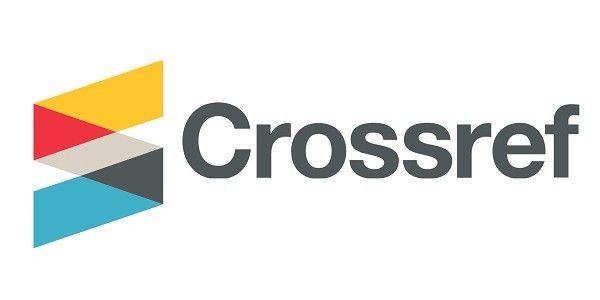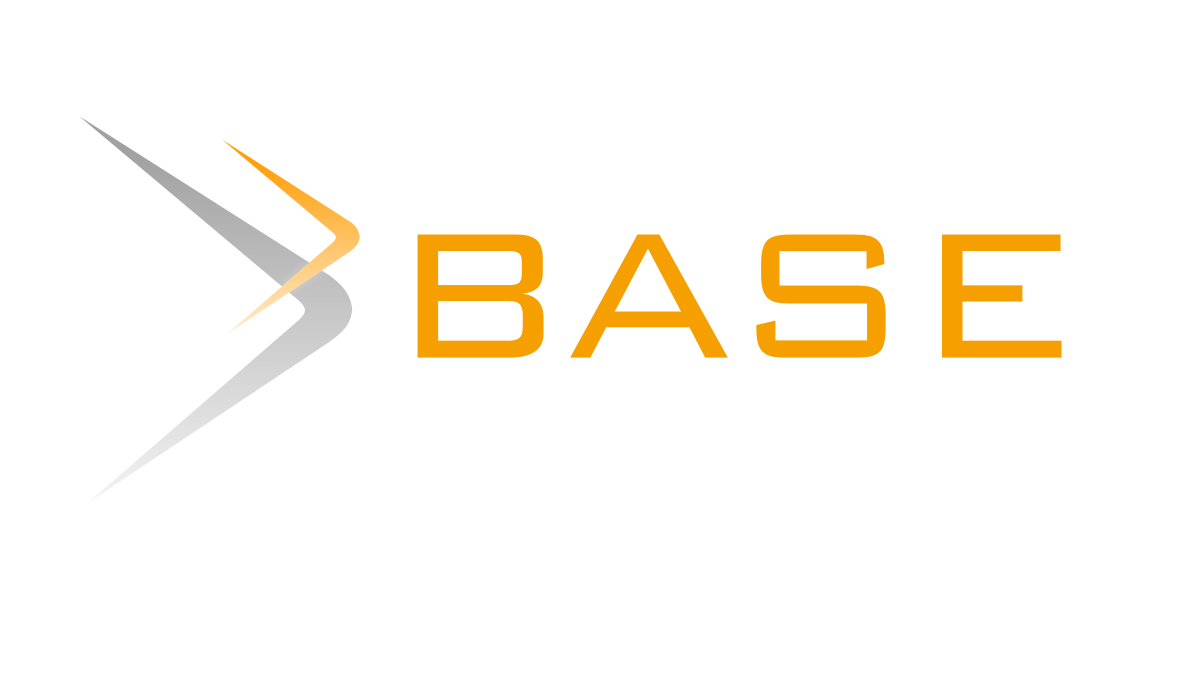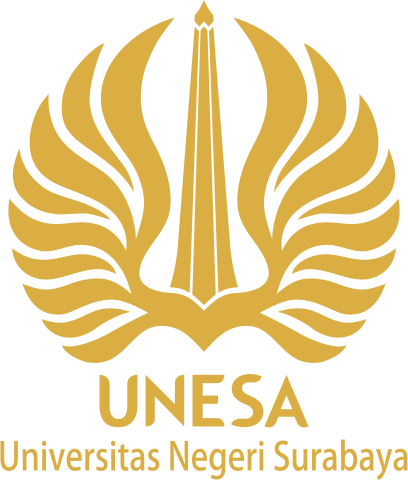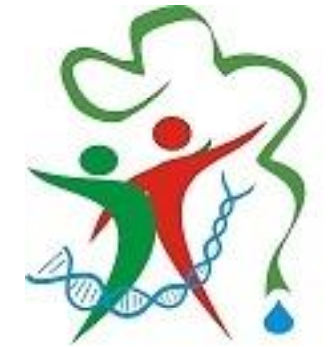Pembelajaran Kurikulum Merdeka Melalui Proyek Inaturalist dan Insect Pinning pada Materi Keanekaragaman Hayati untuk Memfasilitasi Rasa Ingin Tahu dan Keterampilan Kolaborasi Siswa
DOI:
https://doi.org/10.26740/jipb.v6n2.p12-24Keywords:
Biology Learning, Local Potential, Surrounding Nature, BiodiversityAbstract
Informasi keanekaragaman hayati bermanfaat bagi siswa dengan meningkatkan rasa ingin tahu tentang lingkungan mereka dan mendorong pembelajaran yang mandiri dan komprehensif. Penelitian ini bertujuan untuk mengetahui penerapan model pembelajaran berbasis proyek melalui iNaturalist dan Insect Pinning terhadap hubungan rasa ingin tahu siswa dan keterampilan kolaborasi pada siswa SMA materi pelajaran keanekaragaman hayati. Penelitian ini merupakan penelitian deskriptif kuantitatif dengan pendekatan korelasi. Penelitian ini dilakukan di kelas X siswa SMA Negeri 1 Cigalontang Kab. Tasikmalaya sejumlah 32 Siswa pada tahun ajaran 2023/2024. Materi yang digunakan adalah keanekaragaman hayati yang dikaitkan dengan proyek penguatan profil pelajar pancasila di sekolah tersebut. Analisis data dilakukan dengan statistik deskriptif, serta kategorisasi menggunakan statistik empirik dan uji korelasi spearman antara rasa ingin tahu siswa terhadap keterampilan kolaborasi. Hasil penelitian menunjukan indikator embracing (2,83) paling tinggi pada rasa ingin tahu siswa dan indikator menunjukan sikap saling menghargai (83,38) pada keterampilan kolaboratif siswa. Berdasarkan analisis uji korelasi dan regresi yang digunakan, menunjukan terdapat korelasi antara rasa ingin tahu siswa dengan keterampilan kolaborasi dengan persamaan korelasi antar dua variabel Y=246,43 + 4,95X, memiliki nilai reliabilitas 83% dengan kategori sangat tinggi. Kesimpulan penelitian ini menunjukan terdapat hubungan antara rasa ingin tahu dan keterampilan kolaborasi siswa pada materi keanekaragaman hayati dengan menggunakan proyek inaturalist dan insect pinning. Pembelajaran biologi yang mengajarkan potensi lokal yang ada di sekitar dengan integrasi penggunaan teknologi dan hal yang berkaitan dengan kehidupan sehari-hari siswa, akan memberikan pengalaman belajar yang lebih bermakna.
References
Bonitasya, D. A., Widiyatmoko, A., & Sovansophal, K. (2021). The Effect of Blended Learning with a Collaborative Problem-Solving Approach on Students' Cognitive Learning Outcomes and Collaboration Skills in Science Learning. Jurnal Penelitian Dan Pembelajaran IPA, 7(2), 152.
Cahya, M. D., Pamungkas, Y., & Faiqoh, E. N. (2023). Analisis Karakteristik Siswa sebagai Dasar Pembelajaran Berdiferensiasi terhadap Peningkatan Kolaborasi Siswa. BIOMA: Jurnal Biologi Dan Pembelajaran Biologi, 8(1).
Chaidir, D. M., Hernawati, D., Hoeronis, I., Amarulloh, A., & Suryana, S. (2024). Virtual Reality Tour Education as an Instructional Material for Local Potential-Based Biodiversity to Promote 21st Century Skills. Journal of Engineering Science and Technology, 19(5), 1844–1864.
Chick, A. (2016). Insect microscopy. The Crowood Press.
Covell, C. V. (2009). Collection and Preservation. In Encyclopedia of Insects (pp. 201–206). Elsevier.
Dickerson, C., Jarvis, J., & Stockwell, L. (2016). Staff–student collaboration: student learning from working together to enhance educational practice in higher education. Teaching in Higher Education, 21(3), 249–265.
Eden, A. (2023). Ecosystem Explorers: Utilizing iNaturalist to Promote Inquiry in the Classroom. The American Biology Teacher, 85(4), 216–221.
Elangovan, N., & Sundaravel, E. (2021). Method of preparing a document for survey instrument validation by experts. MethodsX, 8, 101326.
Gratton, R. (2019). Collaboration in students’ learning: the student experience. Support for Learning, 34(3), 254–276.
Greenstein, L. M. (2012). Assessing 21st century skills: A guide to evaluating mastery and authentic learning. Corwin Press.
Hernawati, D., Chaidir, D. M., & Meylani, V. (2020). The use of iNaturalist on learning courses of zoology vertebrates for prospective biology teachers. Journal of Physics: Conference Series, 1440(1).
Hitchcock, C., Sullivan, J., & O’Donnell, K. (2021). Cultivating Bioliteracy, Biodiscovery, Data Literacy, and Ecological Monitoring in Undergraduate Courses with iNaturalist. Citizen Science: Theory and Practice, 6(1), 26.
Howe, A. G., Nguyen, T. T. T., O’Connor, P., Woodward, A., Clarke, S., Ducker, N., Dilger, K., & Fagan‐Jeffries, E. P. (2025). Catching ‘the bug’: Investigating insects through school‐based citizen science increases intentions for environmental activities in students and teachers. Austral Entomology, 64(2).
Kelemen-Finan, J., Scheuch, M., & Winter, S. (2018). Contributions from citizen science to science education: an examination of a biodiversity citizen science project with schools in Central Europe. International Journal of Science Education, 40(17), 2078–2098.
Kumar, M., Ranjan, R., Sinha, M. P., Dhan, A., Naaz, F., Khanum, G., Anita, K., Sharma, S., & Raipat, B. S. (2022). A review on insect collection and preservation techniques. European Journal of Pharmaceutical and Medical Research, 9(7), 230–233.
Mardhiyana, D. (2017). Upaya meningkatkan rasa ingin tahu mahasiswa melalui penerapan pembelajaran berbasis proyek pada mata kuliah evaluasi proses dan hasil pembelajaran matematika. Delta: Jurnal Ilmiah Pendidikan Matematika, 5(1), 1–8.
Murayama, K., FitzGibbon, L., & Sakaki, M. (2019). Process Account of Curiosity and Interest: A Reward-Learning Perspective. Educational Psychology Review, 31(4), 875–895.
Peterson, E. G. (2020). Supporting curiosity in schools and classrooms. Current Opinion in Behavioral Sciences, 35, 7–13.
Peterson, E. G., & Hidi, S. (2019). Curiosity and interest: current perspectives. Educational Psychology Review, 31(4), 781–788.
Pusca, D., & Northwood, D. O. (2018). Curiosity, creativity and engineering education. Global Journal of Engineering Education, 20(3), 152–158.
Putri, F. A., Anggraito, Y. U., & Alimah, S. (2018). The Effectiveness of Guided Inquiry Strategy on
R Core Team. (2024). R: A language and environment for statistical computing. R Foundation for Statistical Computing.
Reskiya, R., Salsa, S., Banun, B., putri Dinda, A., Arnetta, A. A., & dian Ika, I. (2025). Efektivitas Penggunaan Media Seek by iNaturalist Berbasis AI Terhadap Hasil Belajar Siswa Sdn Pacar Kembang 1 Surabaya. Pendas: Jurnal Ilmiah Pendidikan Dasar, 10(02).
Safitri, R., Wahyuri, A. S., & Ockta, Y. (2024). The impacts of the project-based learning and problem-based learning models with self-confidence on students’ learning outcomes. Indonesian Research Journal in Education| IRJE|, 8(1), 269–283.
Sakurai, R., & Uehara, T. (2020). Effectiveness of a marine conservation education program in Okayama, Japan. Conservation Science and Practice, 2(3).
Santana, C. M. B., dos Santos Calegari, A., Carvalho, G. S., Soares, J. P. R., de Almeida, E. A. E., Jorge, J., & Franzolin, F. (2024). Local biodiversity: students’ interests and perceptions, and teaching materials. International Journal of Science Education, 46(9), 893–912.
Schneiderhan-Opel, J., & Bogner, F. X. (2020). How fascination for biology is associated with students’ learning in a biodiversity citizen science project. Studies in Educational Evaluation, 66, 100892.
Steinke, D., Breton, V., Berzitis, E., & Hebert, P. D. N. (2017). The School Malaise Trap Program: Coupling educational outreach with scientific discovery. PLOS Biology, 15(4), e2001829.
Supena, I., Darmuki, A., & Hariyadi, A. (2021). The Influence of 4C (Constructive, Critical, Creativity, Collaborative) Learning Model on Students’ Learning Outcomes. International Journal of Instruction, 14(3), 873–892.
Susdarwono, E. T. (2021). Pengaruh Pembelajaran IPA untuk Materi Serangga dengan Metode Mengoleksi, Preservasi dan Kurasi Terhadap Peningkatan Kemampuan Siswa. Eduproxima (Jurnal Ilmiah Pendidikan IPA), 3(2), 77–89.
Unger, S., Rollins, M., Tietz, A., & Dumais, H. (2021). iNaturalist as an engaging tool for identifying organisms in outdoor activities. Journal of Biological Education, 55(5), 537–547.
Wade, S., & Kidd, C. (2019). The role of prior knowledge and curiosity in learning. Psychonomic Bulletin & Review, 26(4), 1377–1387.
Wang, D., Liu, Y., Jing, X., Liu, Q., & Lu, Q. (2025). Catalyst for future education: An empirical study on the Impact of artificial intelligence generated content on college students’ innovation ability and autonomous learning. Education and Information Technologies, 30(8), 9949–9968.
Weible, J. L., & Zimmerman, H. T. (2016). Science curiosity in learning environments: developing an attitudinal scale for research in schools, homes, museums, and the community. International Journal of Science Education, 38(8), 1235–1255.
Wolff, L.-A., & Skarstein, T. H. (2020). Species Learning and Biodiversity in Early Childhood Teacher Education. Sustainability, 12(9), 3698.
Wu, P., Kuo, C., Wu, H., Jen, T., & Hsu, Y. (2018). Learning benefits of secondary school students’ inquiry‐related curiosity: A cross‐grade comparison of the relationships among learning experiences, curiosity, engagement, and inquiry abilities. Science Education, 102(5), 917–950.
Yusoff, M. S. B. (2019). ABC of Content Validation and Content Validity Index Calculation. Education in Medicine Journal, 11(2), 49–54.
Downloads
Published
Issue
Section
 Abstract views: 187
,
Abstract views: 187
, PDF Downloads: 109
PDF Downloads: 109








